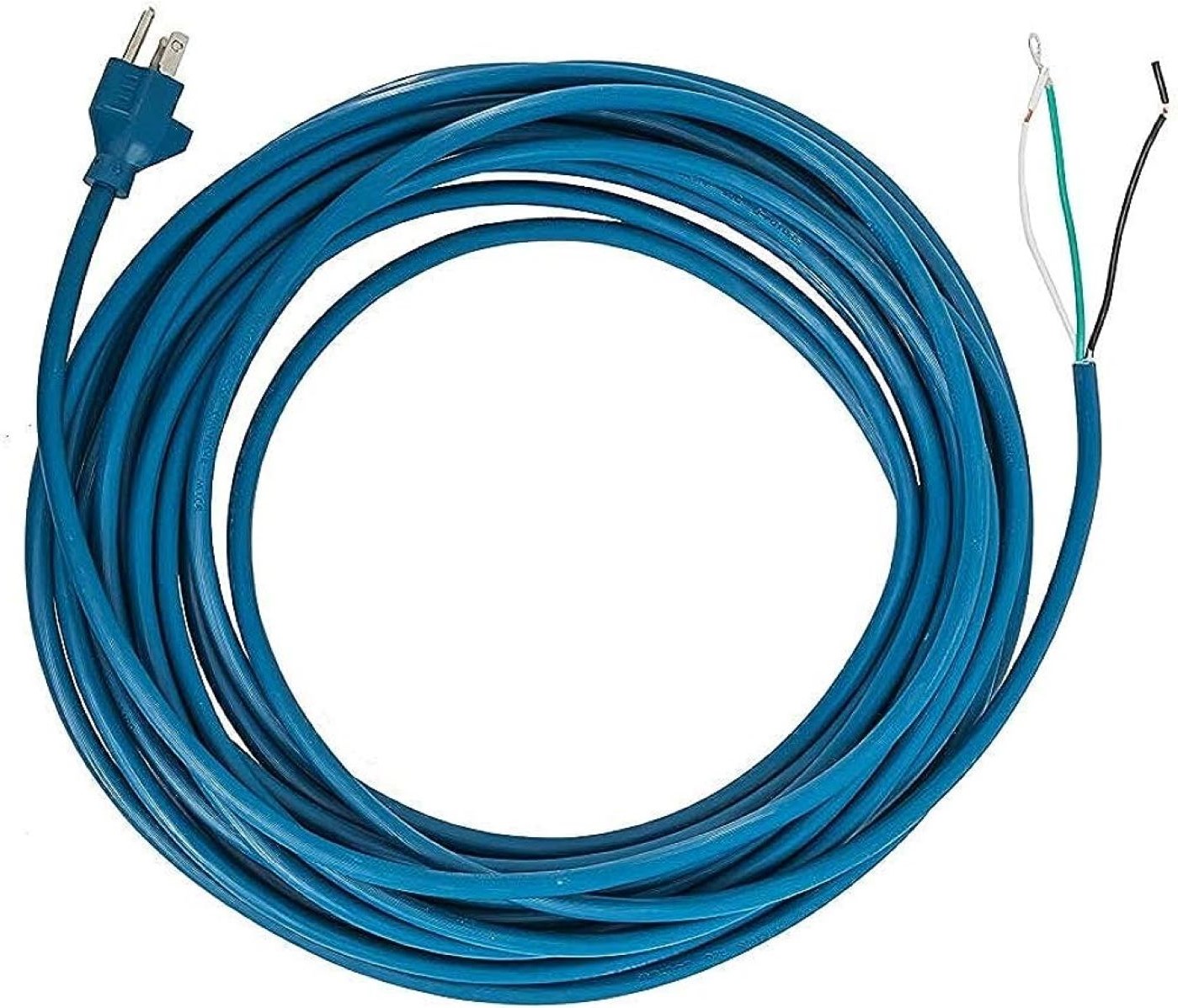

Articles
On Electrical Cord Which Wire Is Ribbed
Modified: December 7, 2023
Find out which wire is ribbed on electrical cords in this informative article. Learn more about electrical cord wires and their uses.
(Many of the links in this article redirect to a specific reviewed product. Your purchase of these products through affiliate links helps to generate commission for Storables.com, at no extra cost. Learn more)
Introduction
Electrical cords are a common sight in our daily lives. From powering our electronic devices to providing electricity to appliances, they play a crucial role in our homes and workplaces. However, have you ever wondered about the different wires inside an electrical cord and their purposes? Specifically, which wire is ribbed and what function does it serve? In this article, we will explore the mysteries behind the ribbed wire in electrical cords.
Understanding how electrical cords work is essential for anyone who wants to ensure the safe and efficient use of electricity. Whether you’re an electrician or a curious homeowner, knowing the basics of electrical cords will help you make informed decisions and prevent potential hazards.
So, let’s dive into the world of electrical cords and unravel the purpose of the ribbed wire.
Key Takeaways:
- The ribbed wire in electrical cords typically serves as the neutral wire in a three-wire system, ensuring a balanced flow of current and safe operation of appliances.
- Prioritize safety when working with electrical cords, including proper insulation, correct wiring, grounding, and regular inspection to prevent accidents and ensure efficient electricity use.
Understanding Electrical Cords
Electrical cords are predominantly made up of copper or aluminum wires encased in an insulating material, typically rubber or PVC. These cords consist of two or three wires, each serving a specific purpose in the transmission of electricity. The two main types of electrical cords are two-wire cords and three-wire cords.
Two-wire cords, also known as non-grounded cords, contain two wires: a hot wire and a neutral wire. The hot wire carries the current from the power source to the appliance, while the neutral wire completes the electrical circuit, allowing the current to return to the power source. These cords are typically used for low-power devices such as lamps and small appliances.
On the other hand, three-wire cords, also known as grounded cords, have an additional wire known as the grounding wire. In addition to the hot and neutral wires, the grounding wire is responsible for providing extra safety in the event of a fault or electrical surge. It helps divert excess electricity to the ground, protecting both the user and the appliance from potential electrocution or damage.
It’s important to note that not all electrical cords have a ribbed wire. The presence of a ribbed wire primarily depends on the specific purpose and design of the cord. In some cases, cords with ribbed wires are intended for specific applications or appliances that require additional features or functions.
Identifying the Ribbed Wire
Identifying the ribbed wire in an electrical cord is relatively straightforward. Typically, the ribbed wire can be distinguished by its unique physical characteristics or color. However, it’s important to note that the color-coding of wires can vary depending on the region or specific manufacturer, so it’s always best to refer to the manufacturer’s guidelines or consult a professional electrician if you have any doubts.
In most cases, the ribbed wire is marked with ribs or ridges along its surface, providing a tactile indication of its presence. These ridges differentiate the ribbed wire from the other wires within the cord. The purpose of these markings is to ensure proper installation and connection of the cord, as they help electricians or users identify the specific wire for specific connections.
Another method of identifying the ribbed wire is through color coding. While not all cords follow a consistent color-coding system, manufacturers often use specific colors to distinguish between the wires. In certain cords, the ribbed wire may be colored differently from the other wires. This variation in color makes it easier to identify the ribbed wire during installation and maintenance procedures.
If you are uncertain about the identification of the ribbed wire or cannot determine it based on physical characteristics or color, it is always recommended to consult the manufacturer’s documentation or seek the assistance of a qualified electrician to ensure the proper handling of the cord.
The ribbed wire on an electrical cord is typically the neutral wire. It is important to always double check the wire color coding and consult a professional if you are unsure about electrical wiring.
Purpose of the Ribbed Wire
The ribbed wire in an electrical cord serves a specific purpose that distinguishes it from the other wires present. While the exact function can vary depending on the specific cord design and application, the most common purpose of the ribbed wire is to denote the neutral wire within a three-wire cord system.
In a three-wire electrical cord, the ribbed wire is typically designated as the neutral wire. The neutral wire plays a vital role in completing the electrical circuit and facilitating the safe return of current to the power source. It acts as a pathway for the electrical current, ensuring that there is a balanced flow and preventing electrical imbalances that could damage appliances or pose a risk to users.
By designating the ribbed wire as the neutral wire, it helps electricians and users easily identify and connect the cord correctly. This ensures that the electrical system functions optimally and reduces the risk of electric shock or damage due to incorrect wiring.
Additionally, the ribbed wire’s purpose can extend beyond its identification as the neutral wire. In certain cords, especially those used in specialized applications or appliances, the ribbed wire may serve specific functions related to grounding or isolating certain components. These cords are designed with additional safety features or specialized configurations, and the ribbed wire is engineered to fulfill its specific purpose within that context.
Understanding the purpose of the ribbed wire is crucial for the safe and proper installation of electrical cords. It is essential to follow manufacturer guidelines and consult with professionals when dealing with specialized cords or if you are unsure about the purpose or function of the ribbed wire in a particular cord.
Safety Considerations
When working with electrical cords, it is essential to prioritize safety to prevent accidents, electrical shocks, and fires. Here are some important safety considerations when dealing with electrical cords, including those with ribbed wires:
- Proper Insulation: Ensure that the electrical cord has intact insulation throughout its length. Any signs of fraying, cracking, or exposed wires should be addressed immediately. Damaged cords can pose a significant safety risk and should be replaced promptly.
- Correct Wiring: When connecting an electrical cord, correctly identify and connect the ribbed wire as indicated by the manufacturer’s guidelines. Incorrect wiring can result in malfunctioning appliances, electrical hazards, or damage to the electrical system.
- Grounding: If dealing with a three-wire cord that includes a grounding wire, ensure proper grounding. The grounding wire serves as a safety measure to divert excess electricity in the event of a fault. Incorrect grounding can lead to electrical shocks or damage to appliances.
- Avoid Overloading: Do not overload electrical cords by plugging in too many devices or appliances into a single outlet. Overloading can cause overheating, which can lead to fires or damage to the electrical system. Use extension cords and power strips with built-in overload protection when necessary.
- Regular Inspection: Periodically inspect your electrical cords for any signs of wear and tear. Check for loose connections, damaged plugs, or signs of overheating. If any issues are found, replace the cord immediately to prevent accidents.
- Placement: Avoid placing electrical cords in high-traffic areas, under carpets, or near water sources to minimize the risk of tripping hazards and water-related accidents. Keep cords away from heat sources that can cause damage to the insulation.
- Unplug Safely: When unplugging an electrical cord, always grasp the plug itself rather than pulling on the cord. Pulling on the cord can cause strain on the wiring and lead to damage over time.
Remember, if you are uncertain about any electrical work or have concerns about cords with ribbed wires, it is strongly recommended to seek the assistance of a licensed electrician. They have the expertise and knowledge to ensure the safe installation and operation of electrical cords, reducing the risk of accidents or electrical hazards.
Read more: Which Wire Is Hot On A Lamp Cord
Conclusion
Electrical cords with their various wires, including the ribbed wire, play a vital role in safely transmitting electricity to power our devices and appliances. Understanding the purpose of the ribbed wire, along with other safety considerations, helps ensure the proper installation and use of electrical cords.
Identifying the ribbed wire can be done by looking for physical characteristics such as ridges or by following color-coding conventions. However, it’s important to consult manufacturer guidelines or a qualified electrician if you have any doubts or are working with specialized cords.
The ribbed wire in a cord serves as the neutral wire in a three-wire system, completing the electrical circuit, and providing a safe return path for the current. In specialized cords, the ribbed wire might have additional purposes related to grounding or isolation.
When working with electrical cords, always prioritize safety. Proper insulation, correct wiring, grounding, avoiding overloading, regular inspection, and proper cord placement are all crucial safety considerations. It’s essential to address any signs of damage or wear and seek professional assistance if needed.
In conclusion, understanding electrical cords and the significance of the ribbed wire helps ensure the safe and efficient use of electricity. By following safety guidelines and consulting experts when necessary, we can enjoy the benefits of electricity without compromising our well-being.
Frequently Asked Questions about On Electrical Cord Which Wire Is Ribbed
Was this page helpful?
At Storables.com, we guarantee accurate and reliable information. Our content, validated by Expert Board Contributors, is crafted following stringent Editorial Policies. We're committed to providing you with well-researched, expert-backed insights for all your informational needs.
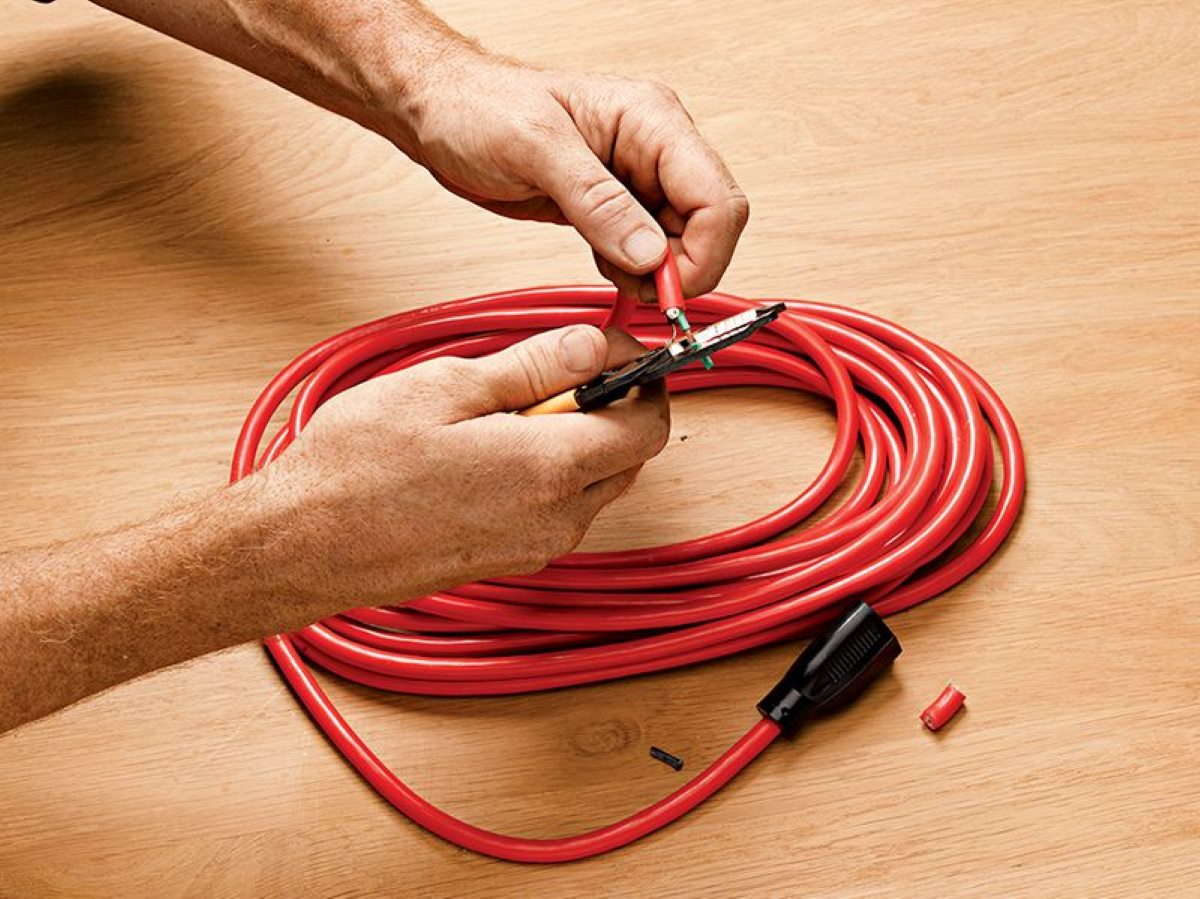
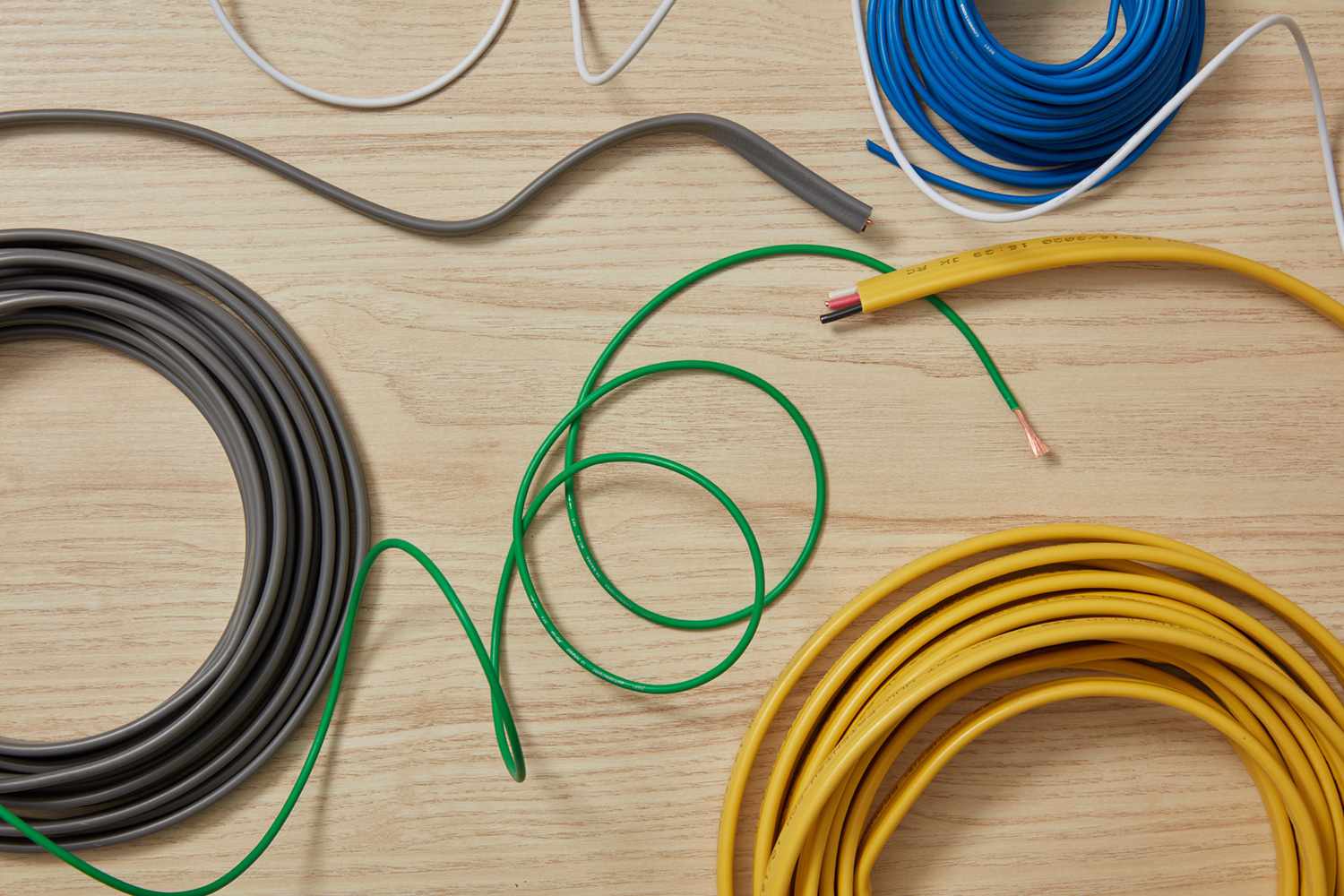
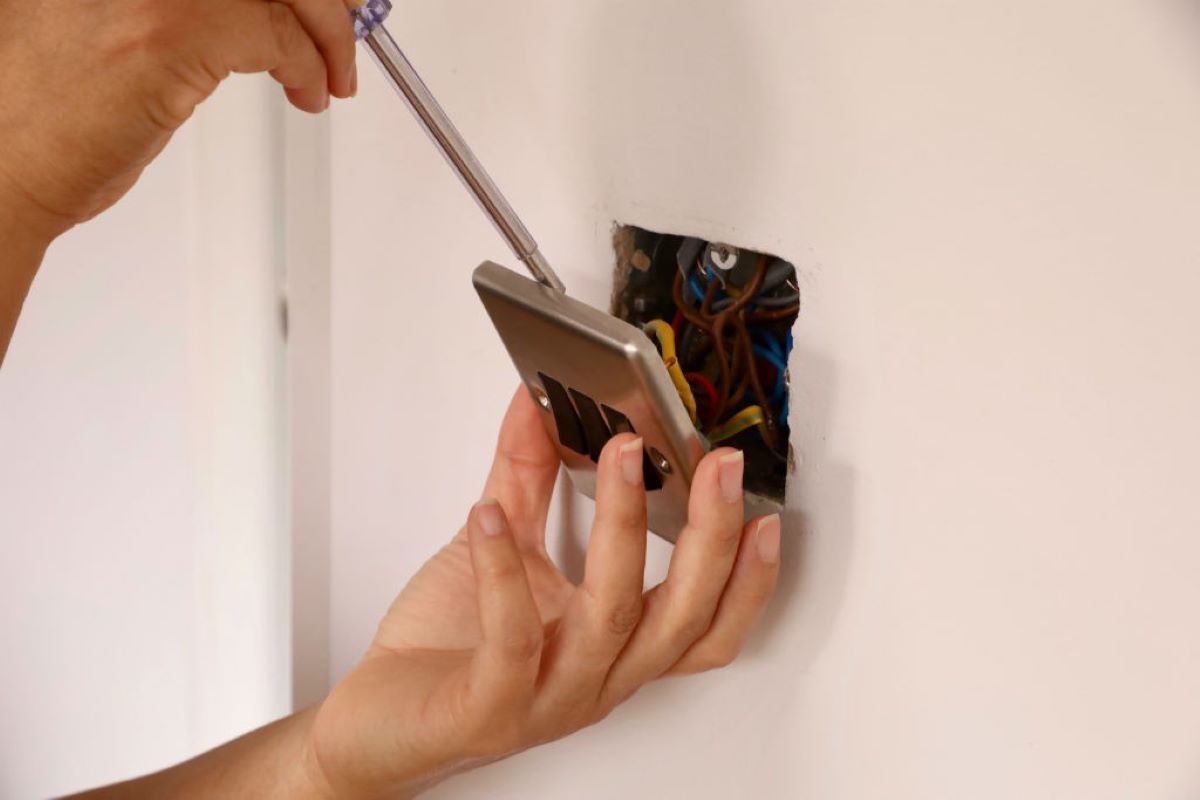
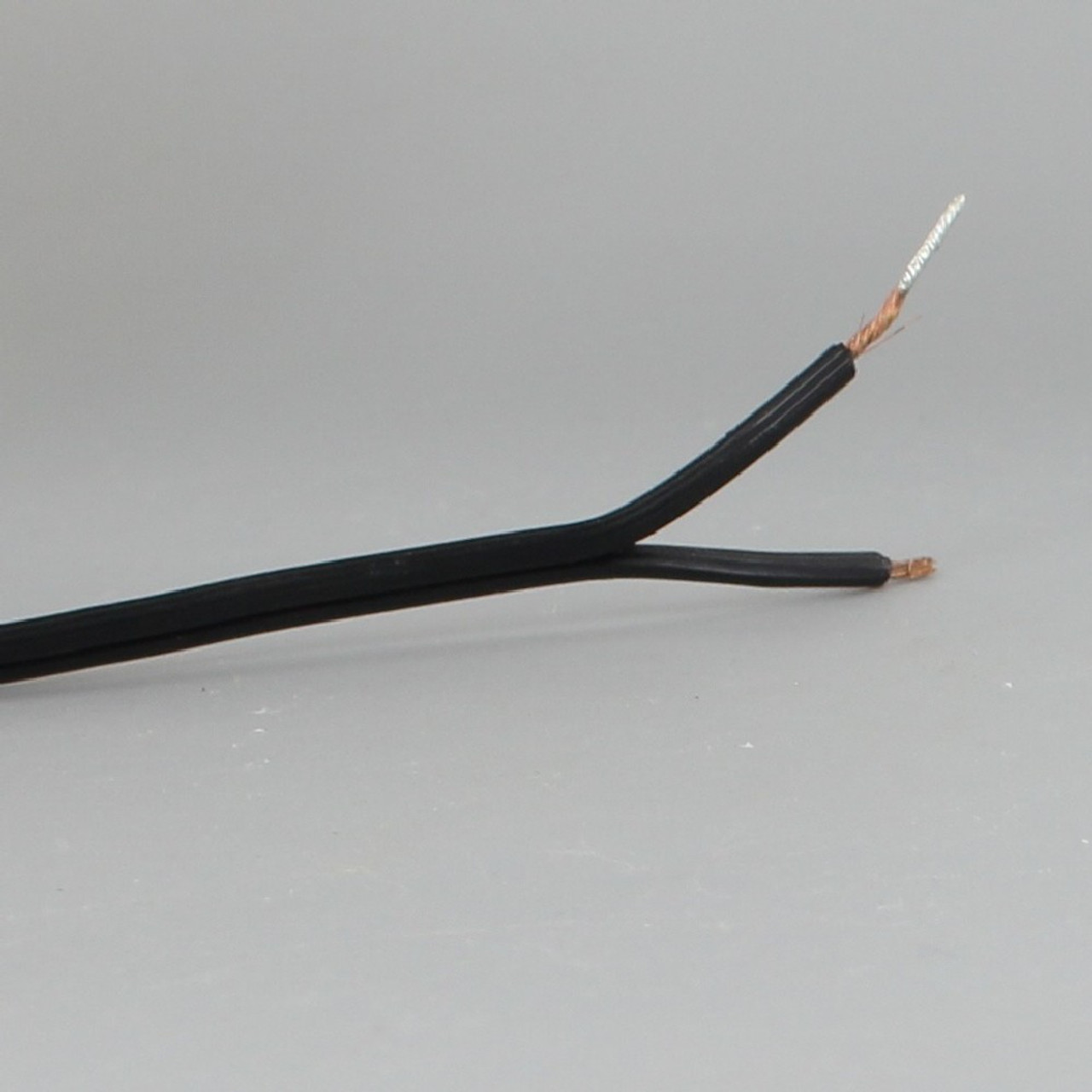
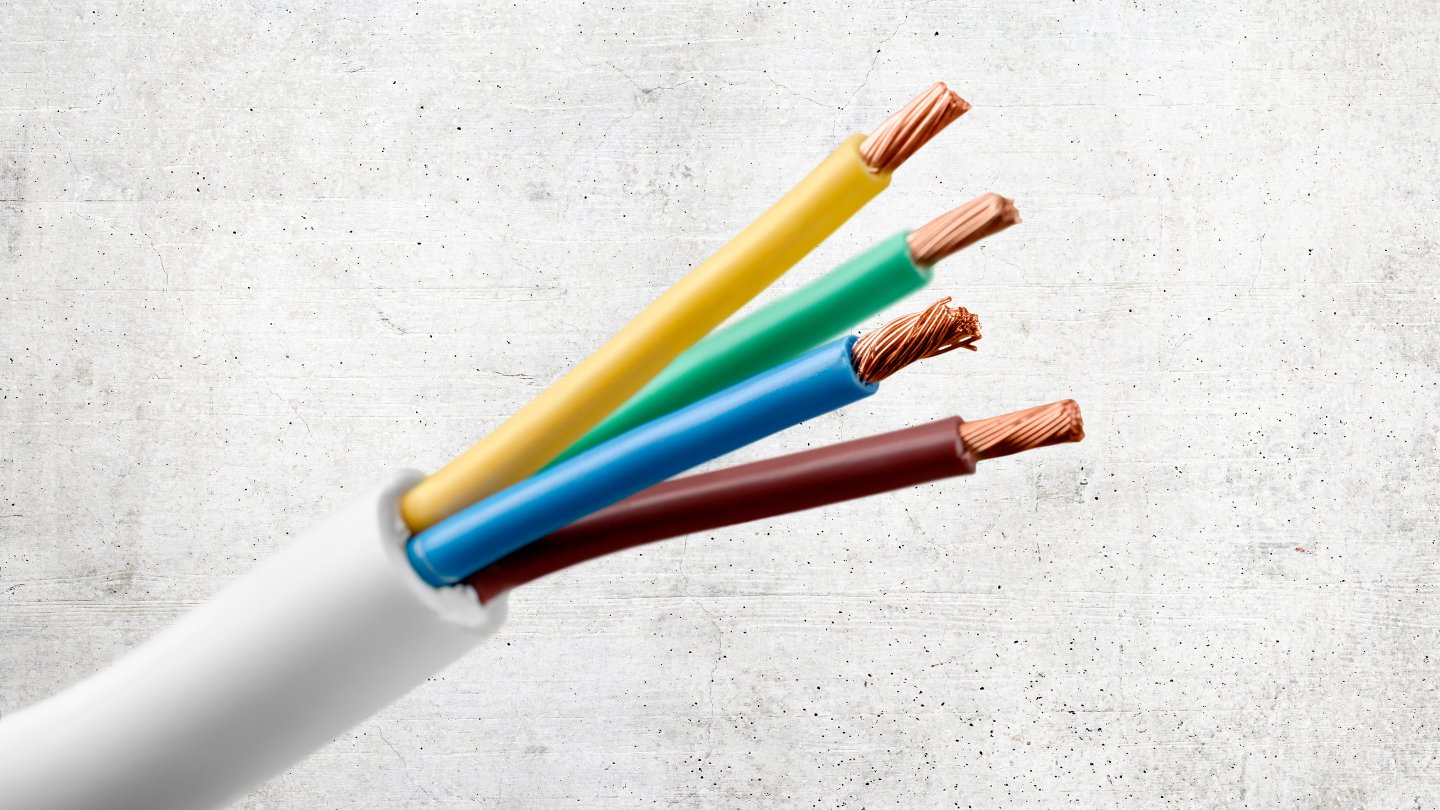
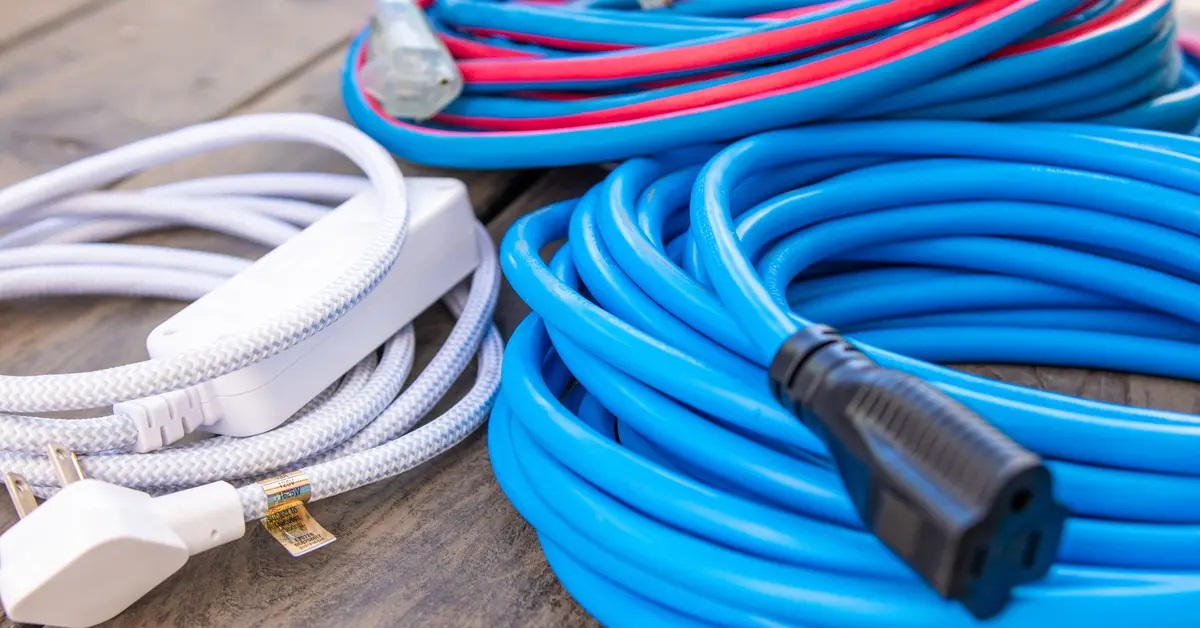
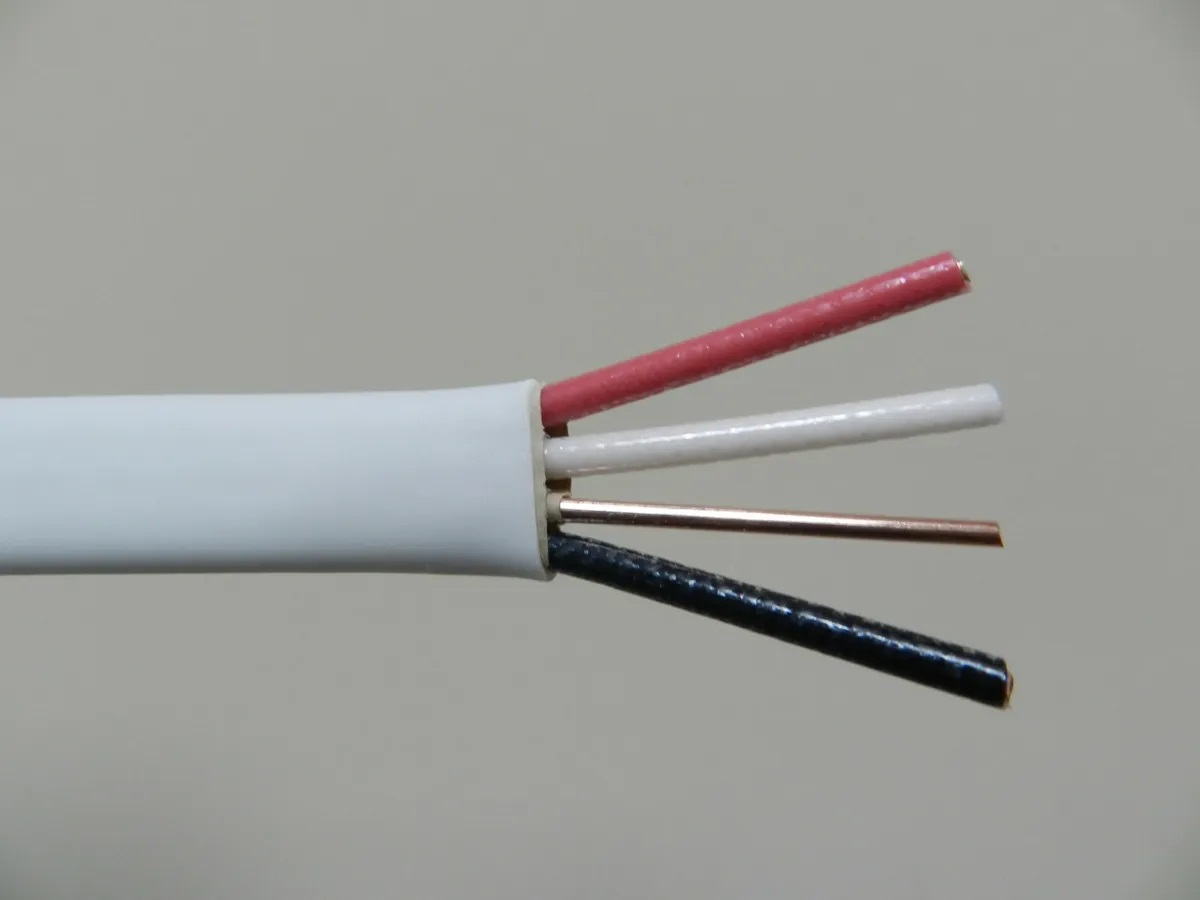
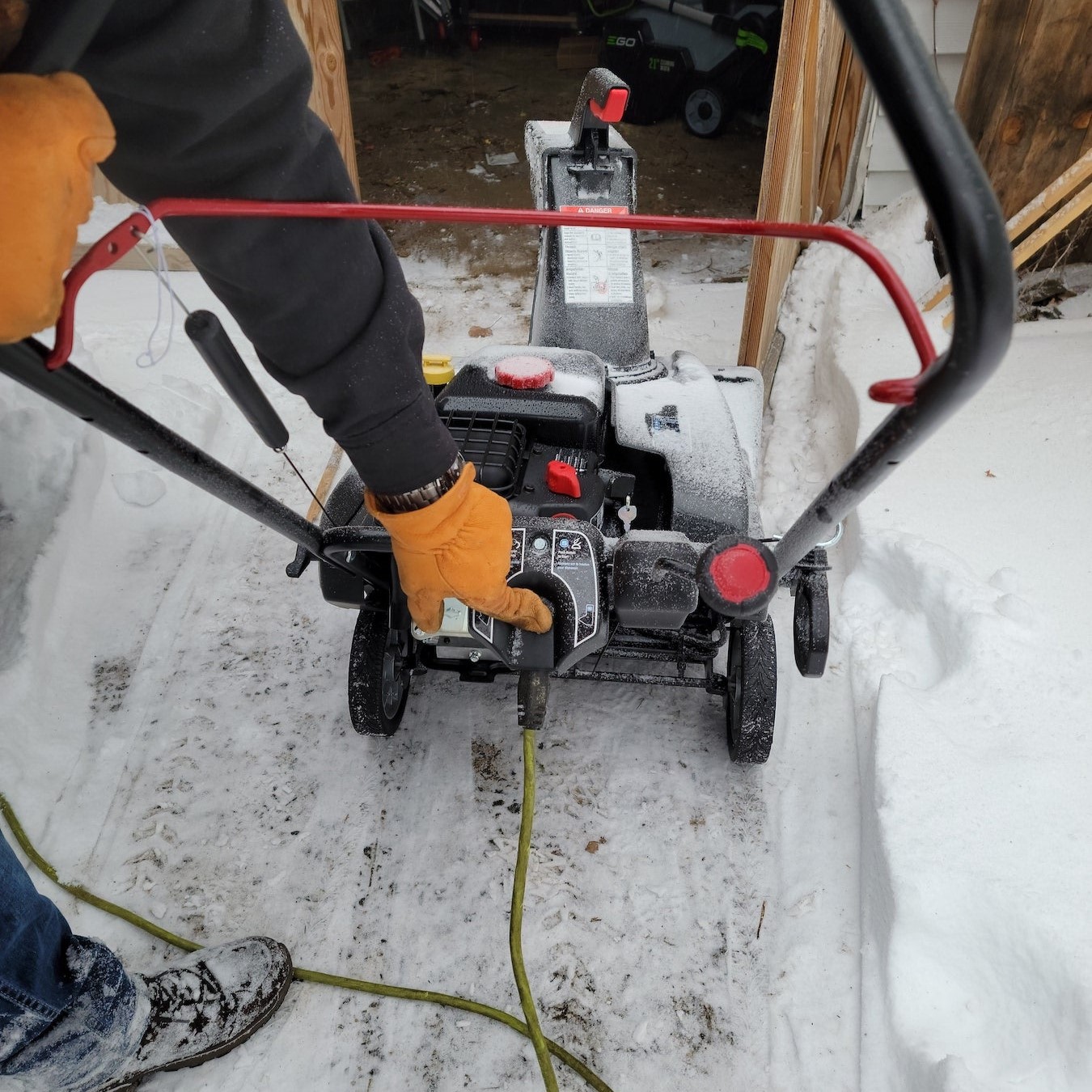
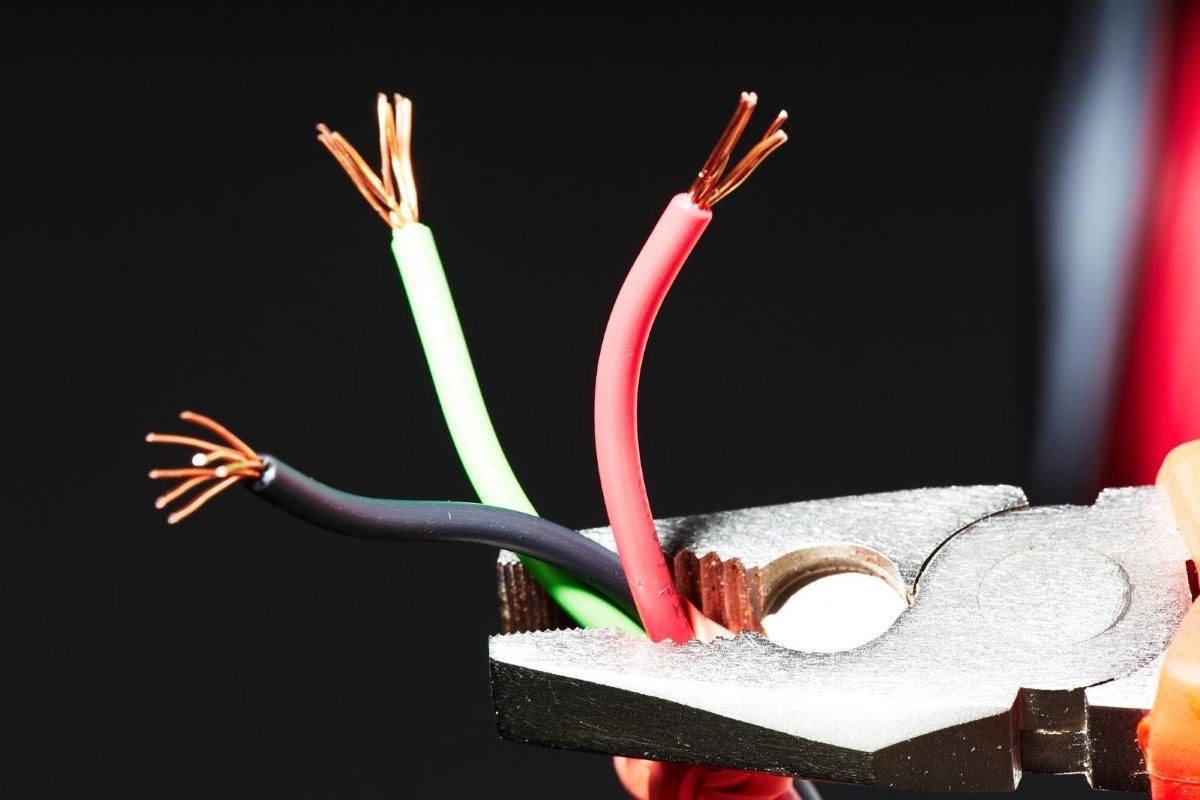
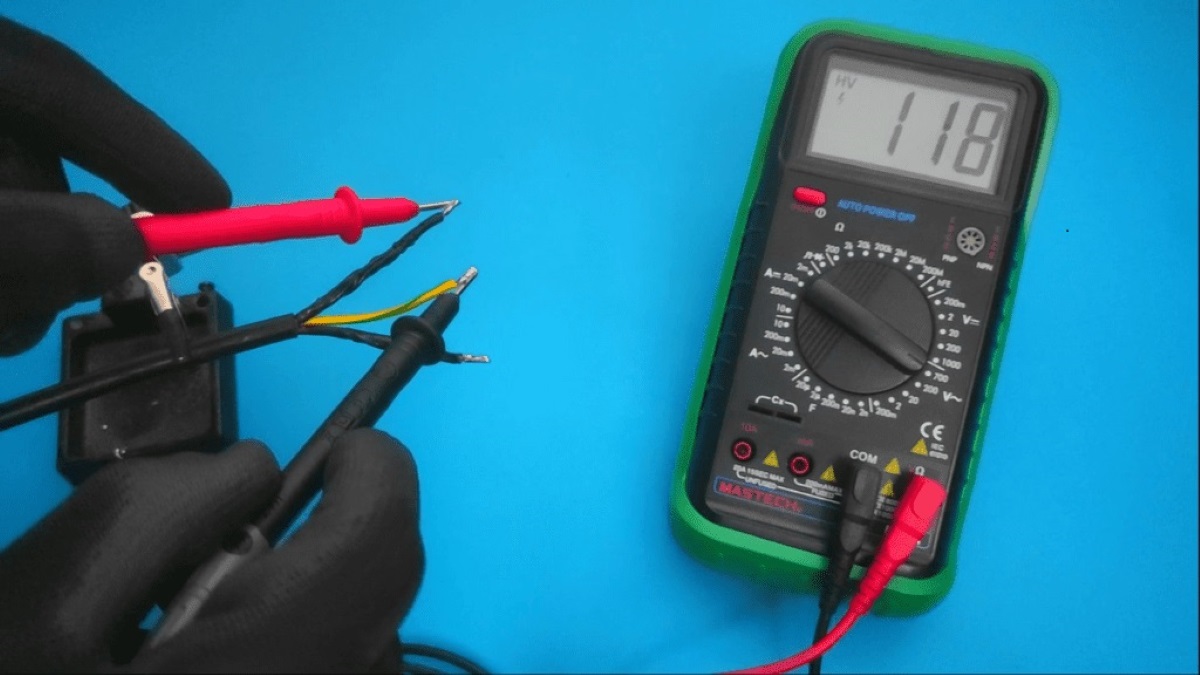
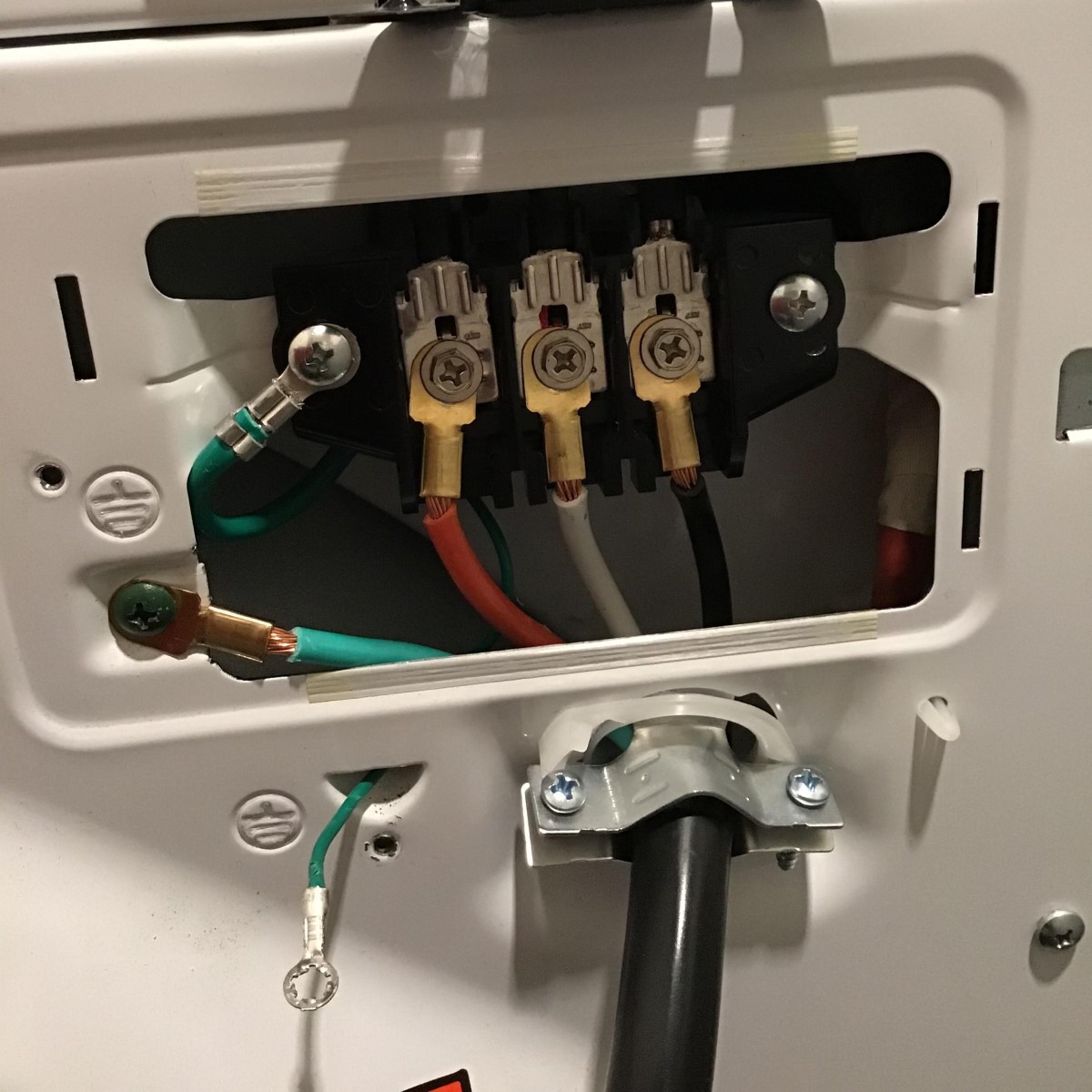
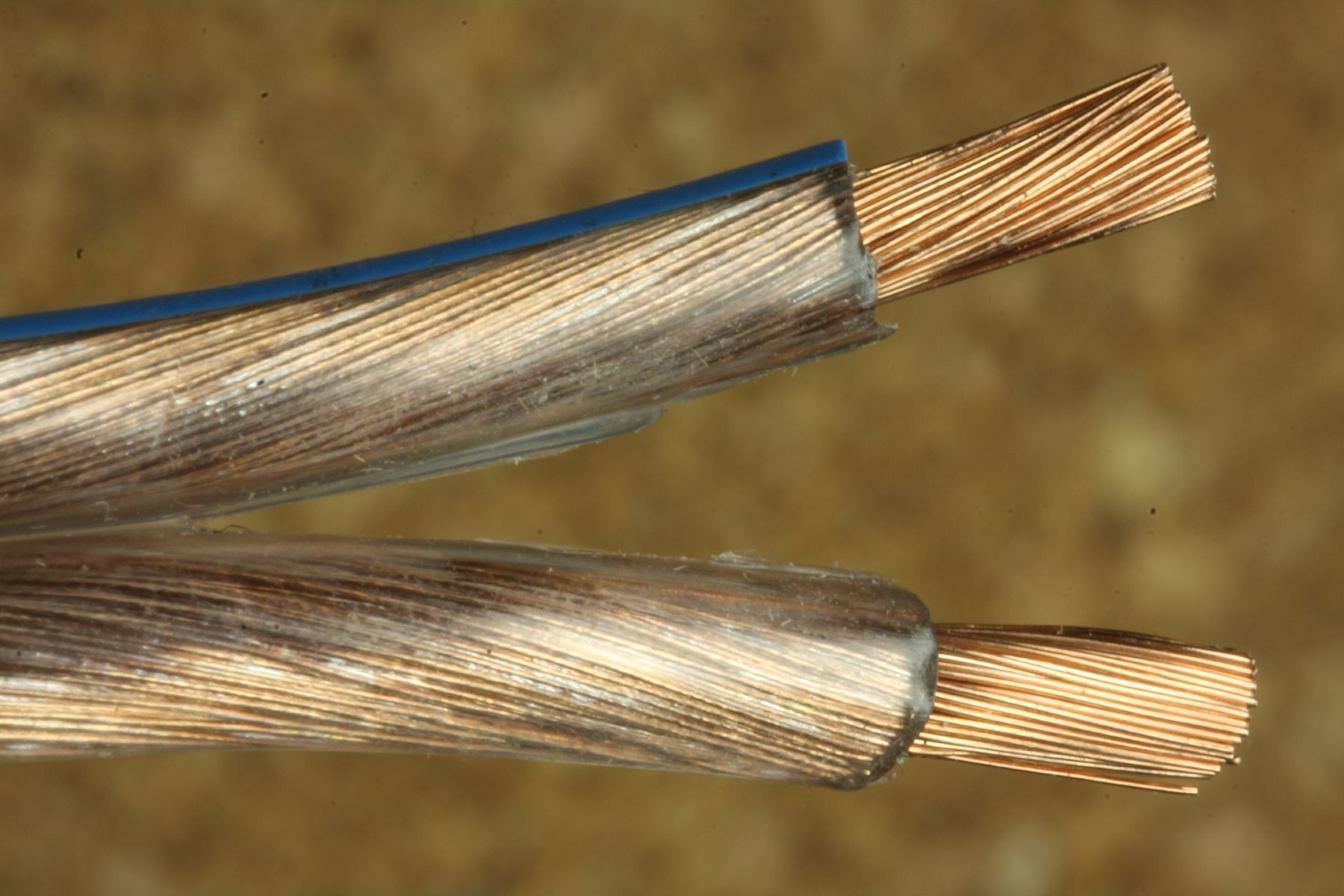

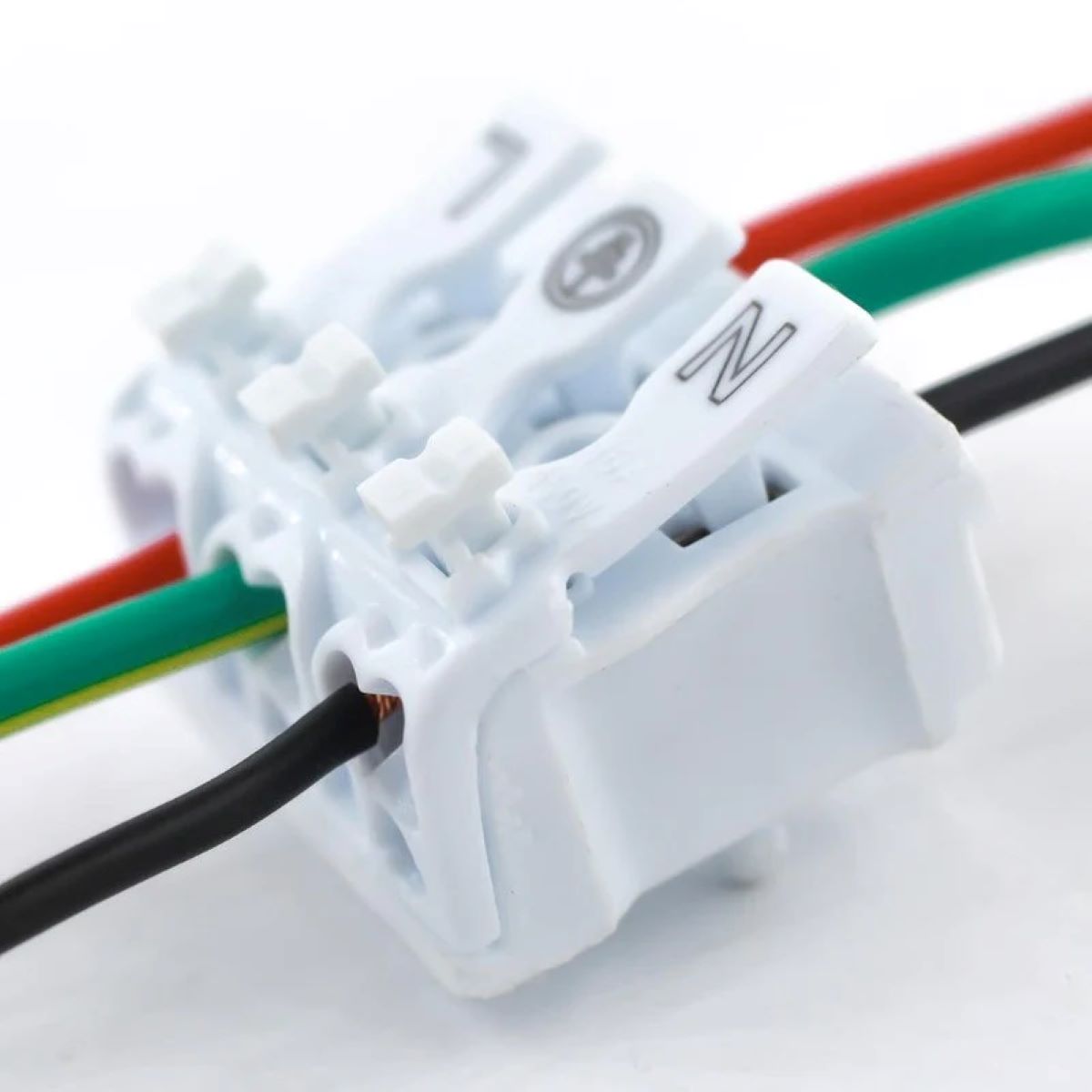

0 thoughts on “On Electrical Cord Which Wire Is Ribbed”